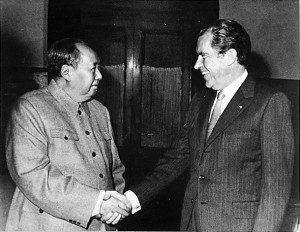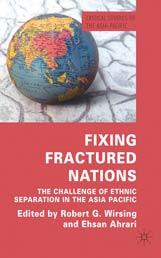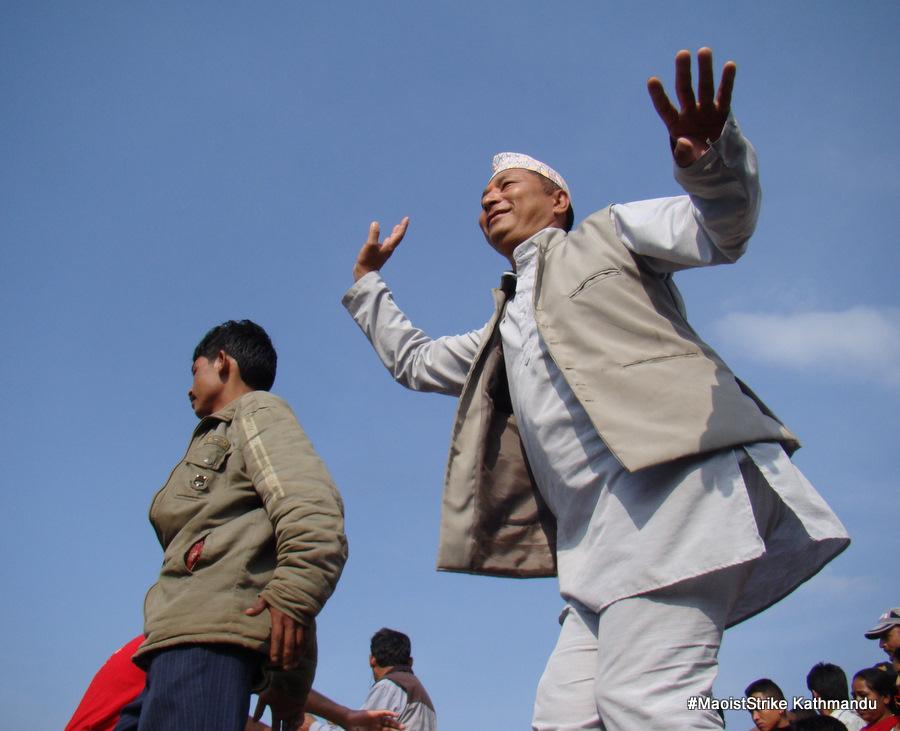Relations between the United States and North Korea, never particularly warm, have truly frosted over in recent months. The Obama administration, in the wake of the Cheonan incident, has added financial sanctions to a lengthening list of efforts to box in Pyongyang. In conjunction with Seoul, Washington has ramped up military exercises in the region. Six Party Talks have been suspended since the end of the Bush administration, and there haven’t been bilateral discussions for more than six months. Hillary Clinton has continued to speak of U.S. willingness to sit down and negotiate. But in Washington, engagement with North Korea is about as popular as BP stock. Anti-American rhetoric and threats, meanwhile, remain de rigueur in Pyongyang.





